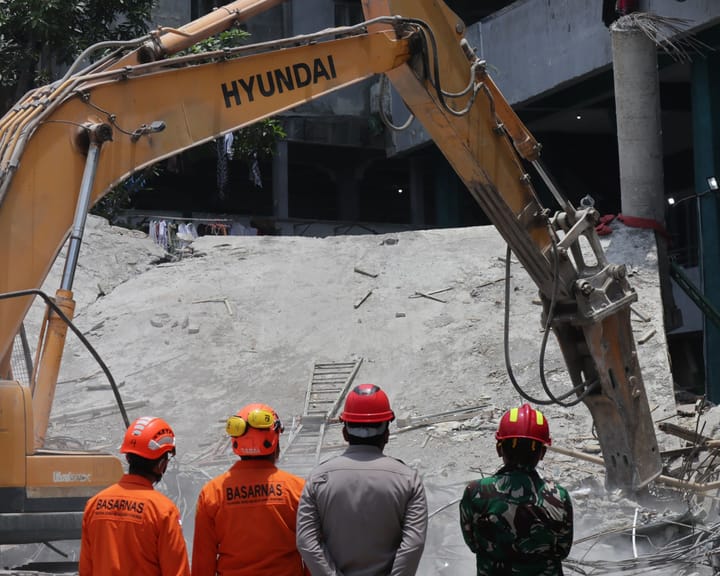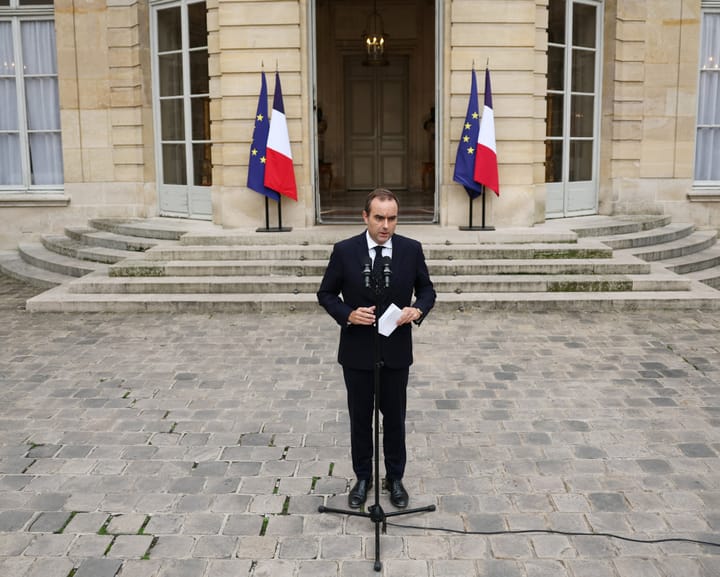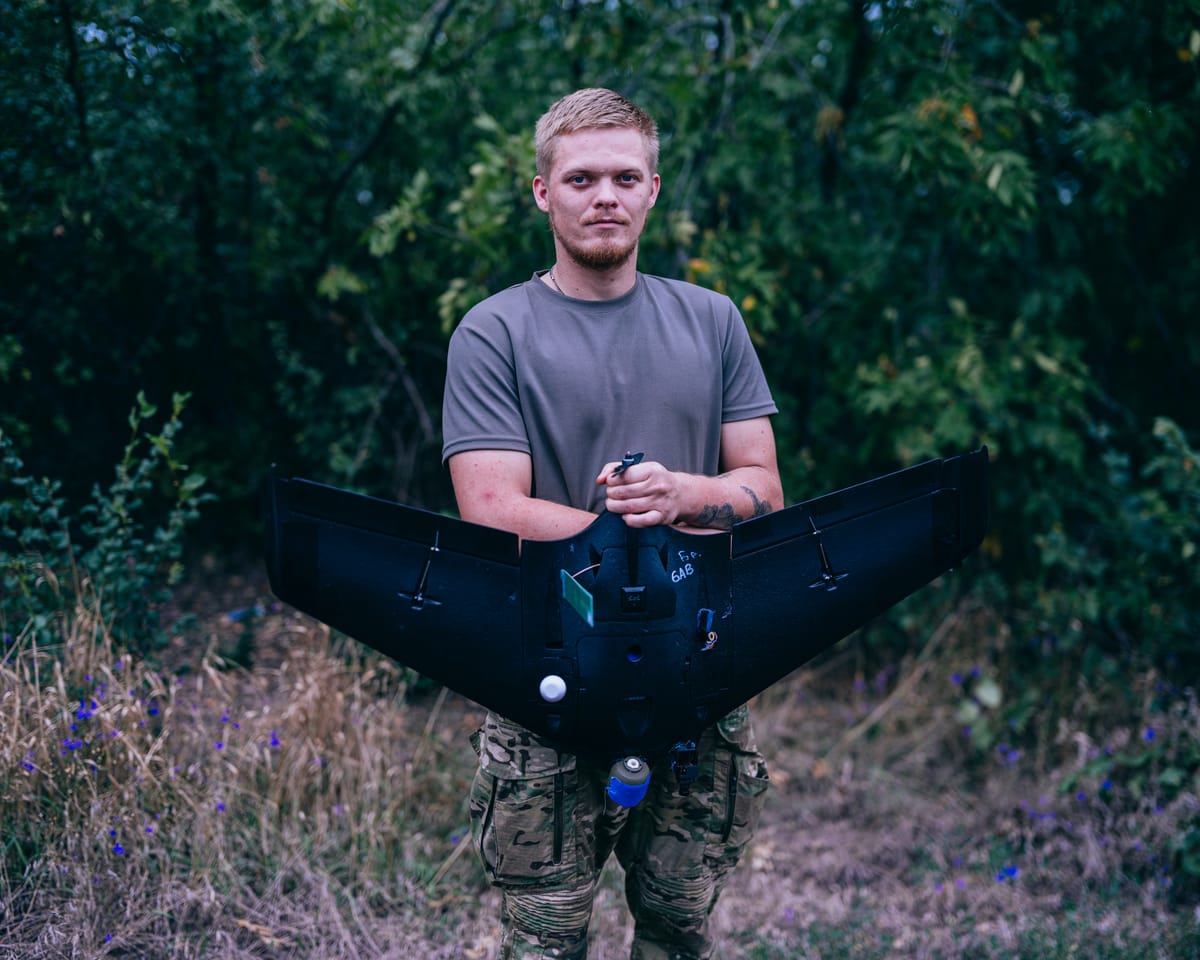"It's more draining," says Afer, a deputy commander of the Da Vinci Wolves, describing how one of Ukraine's most prominent battalions faces relentless Russian assaults. Previously, invaders might have launched small-scale attacks with armored vehicles, but now they try to slip through on foot, avoiding Ukrainian drones, and hide in any available cover.
Survivors regroup, forming clusters of around 10 fighters before attacking Ukrainian positions. The approach is costly—"in the last 24 hours we eliminated 11," Afer says—but unlike before, when raids occurred once or twice a day, they now happen constantly. To the Da Vinci commander, it appears Russian troops fear their own leaders, compelling them to obey near-suicidal orders.
Surveillance drones scan a charred tree line west of Pokrovsk; the footage reaches Da Vinci’s command center inside a 130-meter underground bunker. "Even a brief lapse in monitoring is extremely risky," Afer notes, and the team operates nonstop. The bunker—constructed in under five weeks—includes barracks for rest and a dining area decorated with children's drawings, a reminder of home. The weekly meal plan is posted on a wall.
Three and a half years into the conflict, a proposed peace effort from August has stalled. Meanwhile, warfare continues to change. Afer explains that FPV drones, controlled via live video feed, now create a "kill zone" reaching 12 to 14 kilometers behind the front—the distance a $500 drone flying at 60 mph can strike. This means, he adds, "all our logistics—food, ammunition, medical supplies—must move either on foot or with ground drones."
Farther from the front, at a rural house now occupied by Da Vinci troops, several types of robotic vehicles are stored. The technology has advanced quickly from design to deployment. Among them are remote-controlled machine guns and flatbed transporters. One model, the $12,000 Termit, has treads for rough ground, hauling 300 kg over 12 miles at a top speed of 7 mph.
These machines also rescue the wounded. "Last night we evacuated a soldier with two broken legs and a chest wound," Afer says. The operation took nearly 20 hours, requiring two troops to carry the injured man over a mile to a ground drone, which then delivered him to a secure village. The soldier survived.
Though Da Vinci maintains its position, repeated Russian probing attacks have exposed weaknesses—gaps in defenses or miscommunication between units. Last month, near Dobropillya northeast of Pokrovsk, Russian forces pushed up to 12 miles into Ukrainian territory—a precarious breach in a key area shortly before a critical diplomatic meeting.
Read next

"Indonesia school collapse: rescue efforts conclude with 67 fatalities"
Search Ends After Indonesian School Collapse Leaves Dozens Dead
Indonesian rescuers concluded their search on Tuesday for victims trapped beneath the rubble of a collapsed Islamic boarding school in East Java, after recovering more than 60 bodies, authorities confirmed.
The tragedy in the town of Sidoarjo struck last week when

"French PM makes last-ditch effort to save government as crisis deepens – Europe updates"
France's Political Standoff Continues as Prime Minister Seeks Cross-Party Support
France remains at a political stalemate as the outgoing prime minister, Sébastien Lecornu, makes a final attempt to gather support from rival parties for a new government.
President Emmanuel Macron assigned Lecornu, 39, to form a government in

"Macron calls emergency talks with parties to swiftly pick new PM"
Emmanuel Macron has called upon the leaders of several political factions to his office, urging them to demonstrate "collective responsibility" as he seeks to appoint a new prime minister amid growing political turmoil.
All parties except Marine Le Pen’s far-right National Rally, the largest opposition group, and

